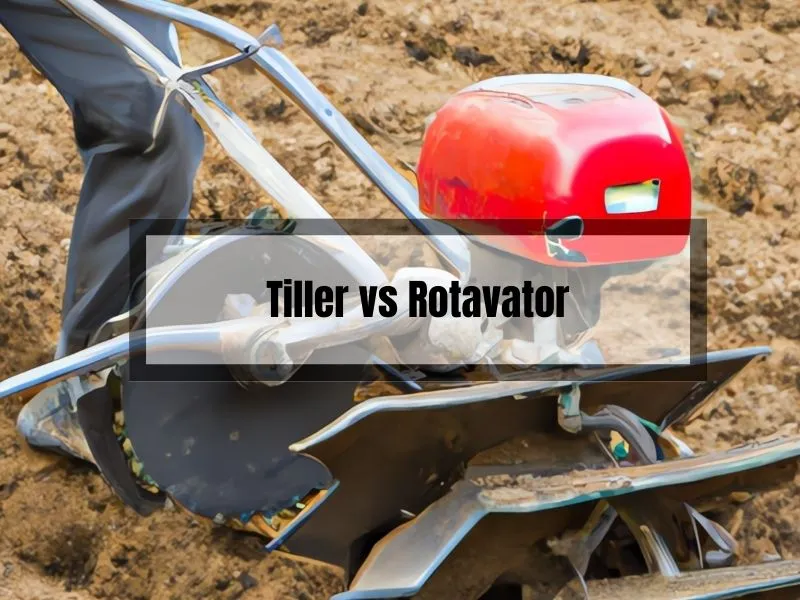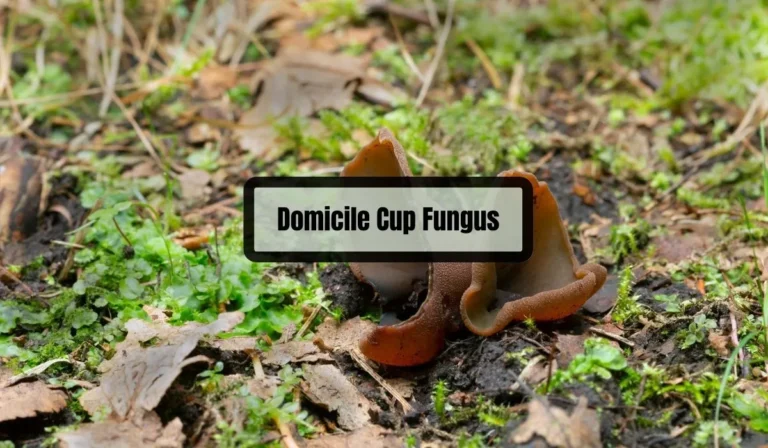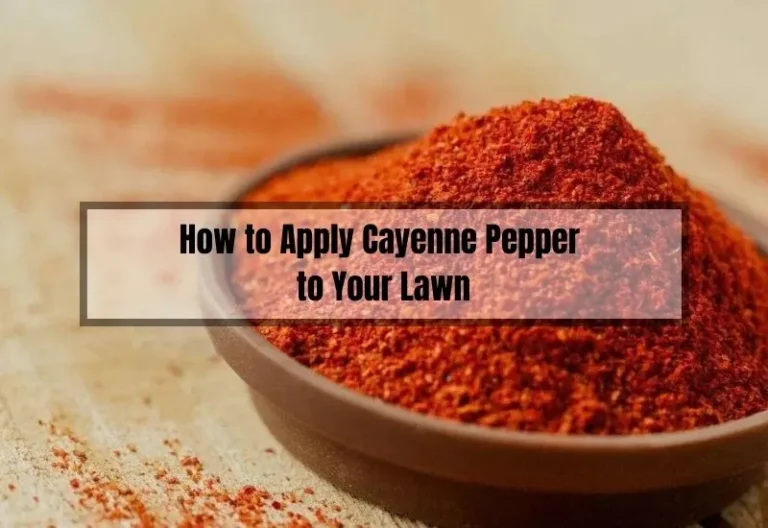Tiller vs Rotavator Showdown: Which Cultivator Reigns Supreme for Thriving Gardens?
From Louise: Passionate about gardening, I specialize in plant care and flower knowledge. I’m here to share my expertise and assist with your gardening queries. Feel free to ask any questions or seek advice on lawn care—I’ll respond within 24 hours!
Planning to start a garden or grow your own vegetables? You’ve likely heard of tillers and rotavators. These machines are essential for preparing soil, but which one suits you best? In this article, we’ll compare them to help you decide.
Tillers and rotavators both break up soil, but they differ in their methods. A tiller is lightweight, ideal for mixing coarse soil. A rotavator is more powerful, digging deeper for upturned soil. Depending on your soil type, one may be better for you.
Whether you’re a seasoned gardener or a beginner, understanding the differences between tillers and rotavators is crucial. Read on to discover their pros and cons and find the right one for your needs.

Tiller vs Rotavator
If you are looking to cultivate your garden, you might be wondering whether a tiller or a rotavator is the better choice.
Both machines have their advantages and disadvantages, so it’s important to know the differences between them before making a decision.
Tiller
A tiller is a versatile machine that is ideal for smaller gardens and yards. It is lighter and more maneuverable than a rotavator, making it easier to use in tight spaces. Tillers are perfect for breaking up coarse soil, as they can mix and blend soil particles effectively. They can also be used to remove weeds and other unwanted plants from your garden.
Tillers are not as powerful as rotavators, and they can only loosen up the top few inches of soil. This makes them less effective for deep cultivation, and they may struggle with tough soils.
However, if you have a small to medium-sized garden and are looking for a machine that is easy to use and maintain, a tiller might be the right choice for you.
Rotavator
A rotavator is a heavy-duty machine that is designed for larger areas and tougher conditions. It is more powerful than a tiller, and it can loosen deeper layers of soil.
This makes it ideal for breaking up hard-packed soil and preparing ground for planting. Rotavators can also be used to mix in compost and other organic matter, improving soil quality.
However, rotavators are larger and heavier than tillers, making them more difficult to maneuver in tight spaces. They also require more maintenance, as they have more moving parts that need to be lubricated and checked regularly. If you have a large garden or farm and need to cultivate a lot of land, a rotavator might be the right choice for you.
Understanding Tillers
If you’re a gardener, you know how important it is to have the right tools to keep your garden healthy and thriving.
One of the most important tools you’ll need is a tiller. Tillers are machines that are used to break up soil and prepare it for planting. In this section, we’ll discuss the different types of tillers, their benefits, and their limitations.
Types of Tillers
There are two main types of tillers: front-tine tillers and rear-tine tillers. Front-tine tillers have tines (blades) that are located in front of the wheels. This makes them easy to maneuver, but they’re not as powerful as rear-tine tillers.
Rear-tine tillers have tines that are located behind the wheels. They’re more powerful than front-tine tillers, but they’re also heavier and harder to maneuver.
Benefits of Tillers
Tillers offer a number of benefits for gardeners. First and foremost, they make it easy to break up soil and prepare it for planting. This can save you a lot of time and effort compared to doing it by hand.
Tillers can also help to improve soil quality by mixing in organic matter and nutrients. This can lead to healthier plants and higher yields. Additionally, tillers can be used to create raised beds, which can be beneficial for gardeners with poor soil quality.
Limitations of Tillers
While tillers are incredibly useful tools, they do have some limitations. One of the main limitations is that they can be expensive, especially if you’re looking for a high-quality rear-tine tiller.
Additionally, tillers can be heavy and difficult to maneuver, especially if you have a large garden. Finally, tillers can be damaging to soil structure if they’re used too frequently or in the wrong conditions. It’s important to use a tiller only when necessary and to take care not to overwork the soil.
Exploring Rotavators
If you’re looking for a powerful tool to help you cultivate and till your soil, a rotavator might be just what you need. In this section, we’ll explore the different types of rotavators, as well as their advantages and drawbacks.
Types of Rotavators
Rotavators come in a variety of sizes and styles, but they all do essentially the same thing: they use rotating blades or tines to break up and aerate soil. Here are some common types of rotavators:
- Front-tine rotavators: These are the most common type of rotavator. They have blades at the front of the machine and are pushed or pulled by the operator. They’re great for small to medium-sized gardens and can handle most soil types.
- Rear-tine rotavators: These are larger and more powerful than front-tine rotavators. They have blades at the back of the machine and are self-propelled. They’re better suited for larger gardens and tougher soil conditions.
- Mini rotavators: These are small, lightweight rotavators that are perfect for small gardens and raised beds. They’re easy to maneuver and store, but they’re not as powerful as larger rotavators.
Advantages of Rotavators
Rotavators offer several advantages over other types of garden tools:
- Efficiency: Rotavators can quickly and easily break up soil, saving you time and effort.
- Aeration: By breaking up soil, rotavators also improve soil aeration, which can help your plants grow better.
- Versatility: Rotavators can handle a wide range of soil types and conditions, making them a versatile tool for any gardener.
- Depth: Rotavators can dig deeper than other tools, which can be helpful if you need to prepare soil for planting deep-rooted crops.
Drawbacks of Rotavators
While rotavators are a great tool for many gardeners, they do have some drawbacks:
- Cost: Rotavators can be expensive, especially if you need a larger or more powerful model.
- Maintenance: Rotavators require regular maintenance, including oil changes and blade sharpening.
- Soil structure: Rotavators can sometimes damage soil structure, especially if they’re used too often or in wet soil conditions.
Overall, rotavators can be a valuable tool for any gardener looking to improve their soil and make planting easier. Just be sure to choose the right type of rotavator for your needs and use it carefully to avoid damaging your soil.
Comparative Analysis
When it comes to choosing between a tiller and a rotavator, there are several factors to consider. In this section, we will compare the functionality, cost, efficiency, and durability of these two gardening tools.
Functionality
Both tillers and rotavators are used for preparing soil for planting, but they differ in their functionality. Tillers are designed to break up soil and mix in organic matter, making them ideal for small gardens and flower beds.
Rotavators, on the other hand, are better equipped to loosen deeper layers of soil, making them ideal for larger crops and gardening projects, such as growing potatoes or other root vegetables.
| Functionality | Tillers | Rotavators |
|---|---|---|
| Soil Breaking | Yes | Yes |
| Mixing in Organic Matter | Yes | No |
| Loosening Deeper Layers of Soil | No | Yes |
Cost
In terms of cost, rotavators are generally more expensive than tillers. This is because they are larger and more powerful, and can handle tougher jobs. However, if you only have a small garden or flower bed, a tiller may be more cost-effective.
| Cost | Tillers | Rotavators |
|---|---|---|
| Price Range | $100-$500 | $500-$1500 |
| Cost-Effective for Small Gardens | Yes | No |
Efficiency
When it comes to efficiency, both tillers and rotavators have their advantages. Tillers are lighter and easier to maneuver, making them ideal for small gardens and flower beds.
Rotavators, on the other hand, are more powerful and can handle tougher jobs, making them ideal for larger crops and gardening projects.
| Efficiency | Tillers | Rotavators |
|---|---|---|
| Weight | Lighter | Heavier |
| Maneuverability | Easier | Harder |
| Power | Less | More |
| Ideal for Small Gardens | Yes | No |
| Ideal for Large Crops | No | Yes |
Durability
When it comes to durability, both tillers and rotavators are built to last. However, rotavators are generally more durable, as they are designed to handle tougher jobs and are built with stronger materials.
| Durability | Tillers | Rotavators |
|---|---|---|
| Built to Last | Yes | Yes |
| Ideal for Tough Jobs | No | Yes |
| Built with Stronger Materials | No | Yes |
Frequently Asked Questions (FAQs)
Now that we’ve covered the basics, let’s dive into some frequently asked questions about tillers and rotavators.
Can a rotavator be used in place of a tiller?
While a rotavator can technically be used in place of a tiller, it may not always be the most practical choice. Rotavators are generally larger and more powerful than tillers, which can make them harder to maneuver in tight spaces or smaller gardens. If you’re working in a small area or have limited physical capabilities, a tiller may be a better choice.
How do I choose the right tiller or rotavator for my needs?
To choose the right tool for your needs, consider factors like the size of your garden or project, the soil conditions, your physical capabilities, and your environmental concerns. You’ll also want to think about the specific tasks you’ll be using the tool for, such as breaking up compacted soil, preparing soil for planting, or removing weeds.
Can tillers and rotavators be rented, or do I need to purchase one?
Good news! If you don’t want to commit to purchasing a tiller or rotavator, many home improvement stores and garden centers offer rental options. This can be a cost-effective solution if you only need the tool for a short period or a one-time project. Just be sure to reserve the equipment in advance, as availability can be limited during peak gardening seasons.
Conclusion
And there you have it! We’ve covered the main differences between tillers and rotavators, their ideal uses, the types available, and answered some common questions. Ultimately, the choice between a tiller and a rotavator comes down to your specific gardening needs and preferences.
Remember, the right tool can make all the difference in the success of your gardening endeavors. So, take your time, consider your options, and choose the one that best suits your needs. And most importantly, have fun gardening! After all, there’s nothing quite like getting your hands dirty and watching your plants grow and thrive. Happy gardening, everyone!
Related Posts:
- Unearthing the Best: Grass Removal or Rotavating
- Fine-tuning Your Turf: The Definitive Guide on Rolling New Grass Seed
- Taming the Green Giant: Mastering Pruning for Overgrown Clematis Montana
- Sow, Grow and Show: Achieving Bountiful Oat Crops with Grass Seed
- Beautify Your Green Spaces: Mastering the Use of a Peat Moss Spreader






